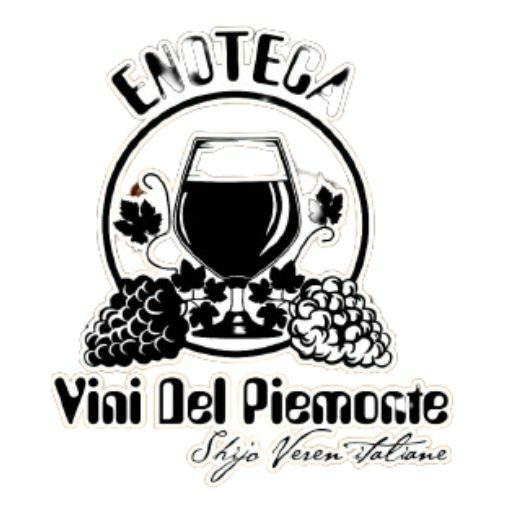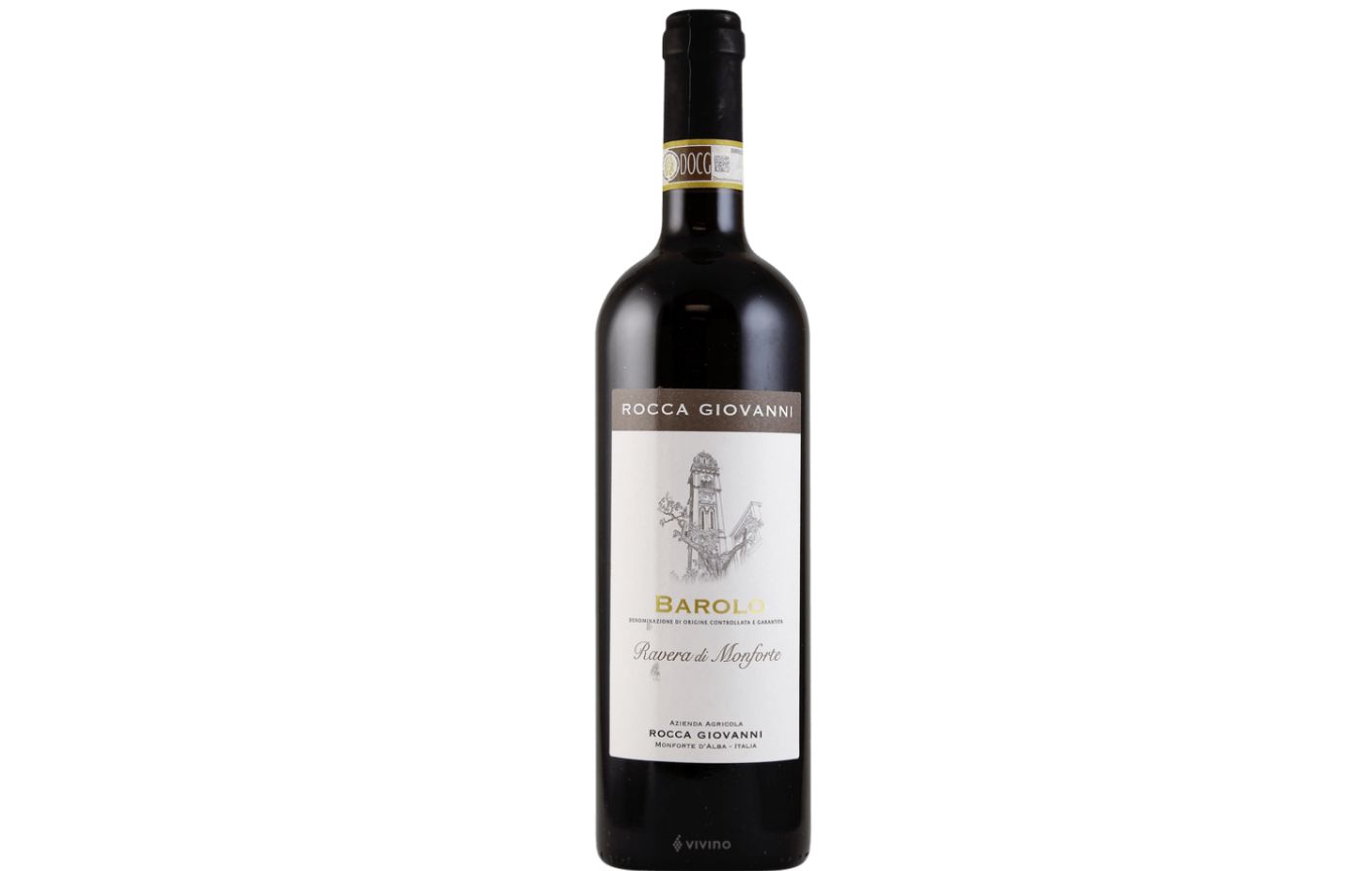The King of Italian Wines
Barolo is not just a wine; it’s an experience. Considered one of the finest red wines in the world, this enological masterpiece hails from the heart of the Langhe region in Piedmont and symbolizes elegance, tradition, and quality. Let’s explore what makes Barolo so special and why it’s known as “the king of wines.”
A Legendary Wine
Barolo is made exclusively from Nebbiolo grapes, an indigenous Piedmontese variety renowned for its complexity and its ability to express the unique terroir where it is grown. The name “Nebbiolo” likely comes from nebbia (fog), referencing the autumn mists that envelop the vineyards or the dusty bloom on the ripe grape skins.
Barolo received its DOCG designation in 1980, a mark of its origin and superior quality. It is produced in eleven municipalities within the Langhe region, including Barolo, La Morra, Monforte d’Alba, and Serralunga d’Alba, each of which imparts unique characteristics to the wine.
Characteristics of Barolo
What sets Barolo apart is its structure and complexity. It is a robust and age-worthy red wine, capable of evolving for decades and developing increasingly rich and layered aromas over time.
- Color: Garnet red with orange highlights that emerge with age.
- Aroma: Notes of red fruits, cherries, and plums blend with more complex scents of dried roses, licorice, spices, and truffle. As it ages, Barolo reveals nuances of tobacco, cocoa, and earthy tones.
- Taste: Dry, full-bodied, and harmonious, with powerful yet refined tannins and a long-lasting finish.
Production Rules
Barolo must adhere to strict production standards:
- Minimum aging: 38 months, at least 18 of which must be in wooden barrels. To qualify as a “Riserva,” the aging requirement increases to 62 months.
- Minimum alcohol content: 13% ABV.
These regulations ensure exceptional quality and complexity.
Geographical Mentions (Cru)
One of Barolo’s unique qualities is its ability to reflect the terroir of its origin. The different crus (or geographical mentions) represent the most prized vineyard areas, such as Cannubi, Bussia, Brunate, Rocche di Castiglione, and Vigna Rionda. Each cru imparts distinct characteristics: for example, Barolos from La Morra are softer and more elegant, while those from Serralunga d’Alba are more structured and austere.
Gastronomic Pairings
Barolo pairs perfectly with rich and flavorful dishes, thanks to its structure and complexity. Here are some ideal pairings:
- Meat dishes: Braised beef in Barolo, roasted meats, and game.
- Aged cheeses: Castelmagno, Parmigiano Reggiano, and Pecorino.
- White truffle: A delicacy typical of the Langhe that is elevated by Barolo’s sophistication.
- First courses: Tajarin with meat ragù or risotto with Barolo.
A Collector’s Wine
Barolo is not only a wine to enjoy but also to collect. Thanks to its aging potential, bottles from historic vintages are highly sought after by enthusiasts worldwide. Opening an aged Barolo is like turning the pages of a book, uncovering the stories of a land and a vintage long past.
Conclusion
Barolo is more than a wine: it is the fruit of centuries-old tradition, a celebration of Piedmont’s terroir, and a unique sensory experience. Whether you are a long-time enthusiast or a curious newcomer, a glass of Barolo will transport you to the hills of Langhe, offering an unforgettable journey through time and taste.
Here’s to the king of wines: long live Barolo!

